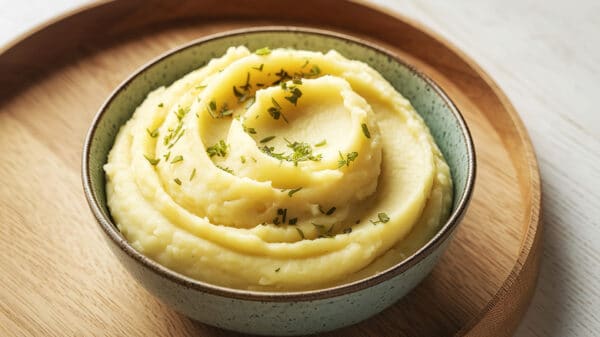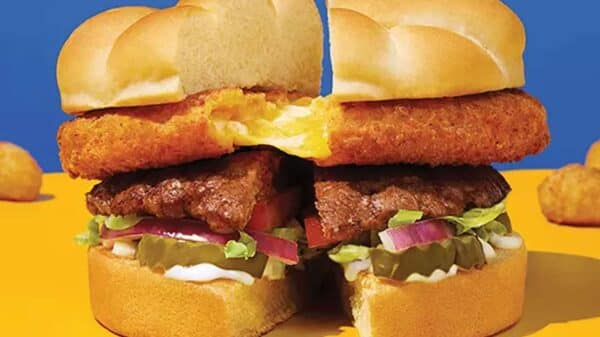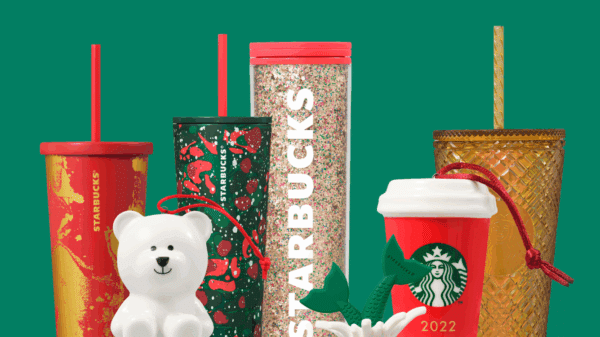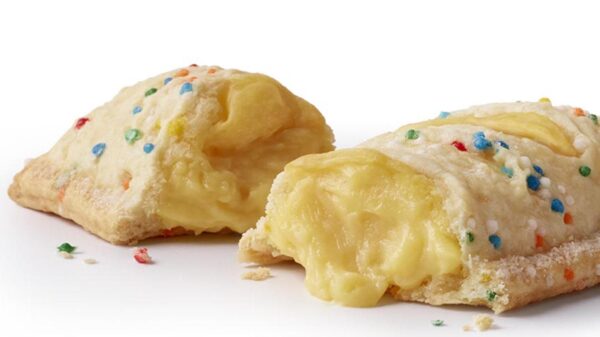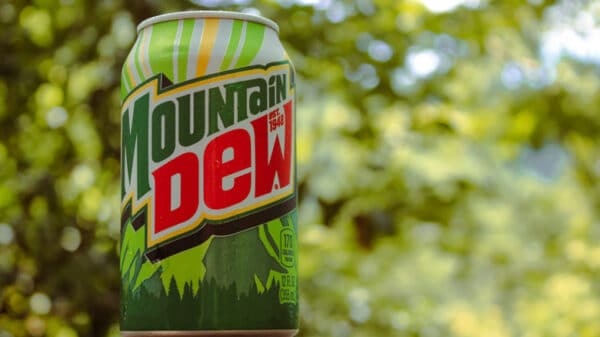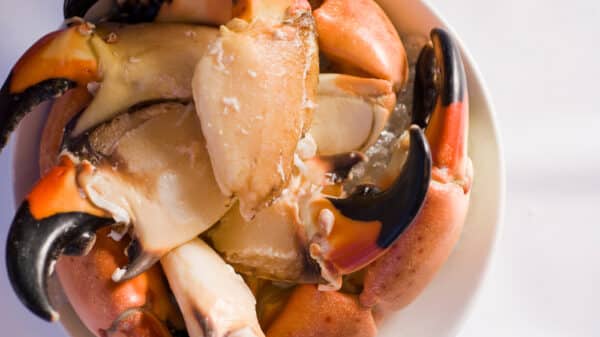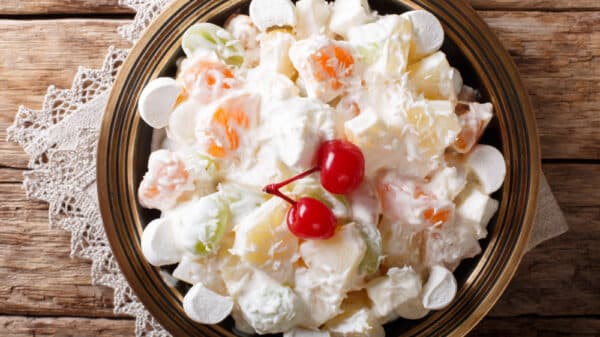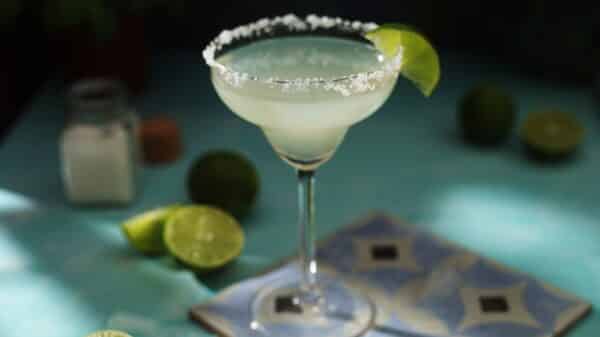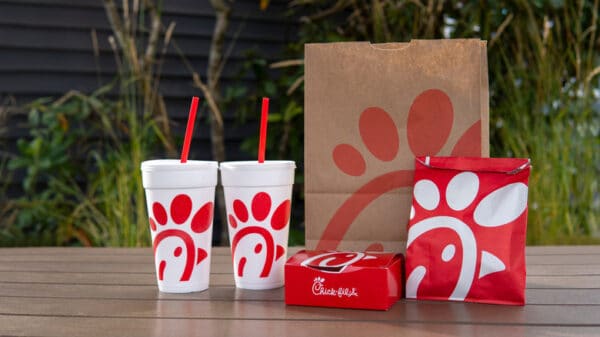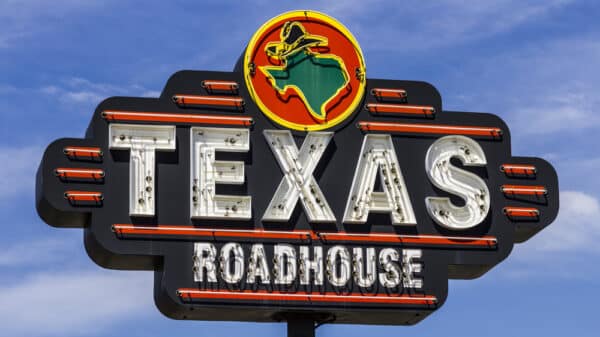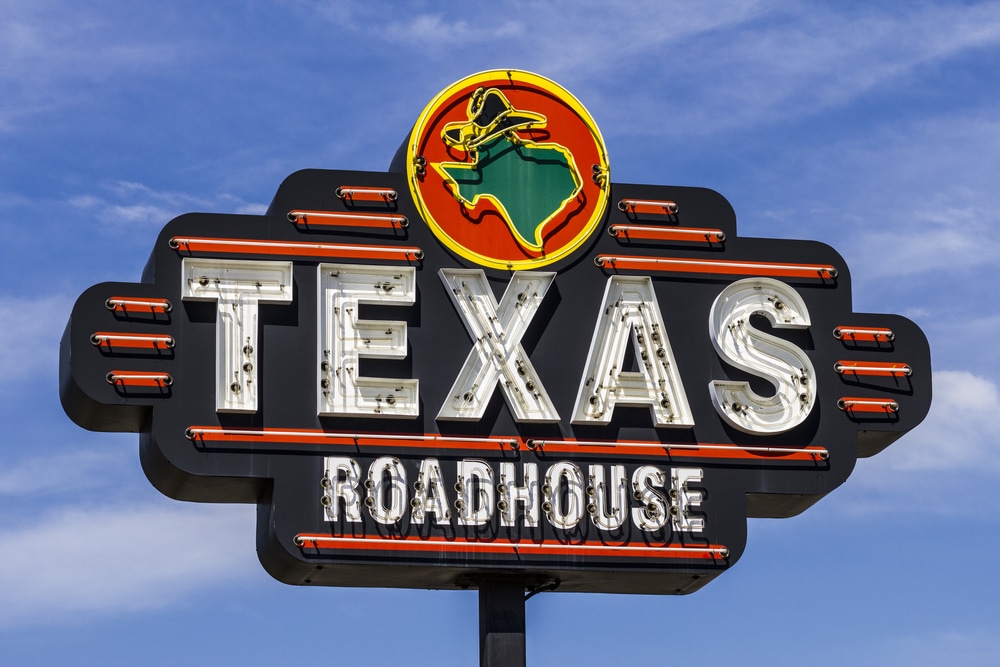When dining out, the experience is often enhanced by the quality of the food and beverages. For a prominent establishment like Texas Roadhouse, the meticulous attention to detail extends even into the realm of beer serving. This includes maintaining specific temperature standards that elevate the taste and overall enjoyment of the drink.
Texas Roadhouse’s Beer Temperature Protocol
Texas Roadhouse prides itself on the consistency of its beer service, with an impressive precision in temperature that places it at 36 degrees Fahrenheit. This figure is not arbitrary; it reflects a calculated decision to serve beer at the coldest possible point within the optimal range of 36 to 38 degrees Fahrenheit. Such foresight into minor temperature variations—due to factors like the distance beer travels from the tap to the table and even the warmth from patrons’ hands—demonstrates a commitment to quality.
The chain takes proactive measures with its beer storage, utilizing walk-in coolers and specific draft systems, either air-cooled or glycol-cooled. These systems are designed to ensure that the beer remains at the desired temperature throughout its journey to the consumer.
The Science Behind Cold Beer
Understanding why cold beer tastes better goes beyond mere preference. Temperature significantly influences the sensory experience of the drink. A well-chilled beer accentuates its crispness and subtly brings forth the notes of bitterness and sweetness contained within. Additionally, serving beer cold helps preserve carbonation, which contributes to that delightful fizz we all enjoy.
Conversely, warmer beer tends to lose its effervescence, leading to a flat experience. This is especially evident in hop-centric varieties like IPAs, which are particularly sensitive to temperature changes. For instance, the flavors can become excessively bitter when served warm.
Matching Beer Styles with the Right Temperatures
Not all beers are created equal when it comes to optimal serving temperatures. Lighter options, like lagers and pilsners, benefit from being served ice-cold, ideally between 33 to 45 degrees Fahrenheit. In contrast, darker styles such as stouts and porters are better appreciated at slightly warmer temperatures, ranging from 45 to 55 degrees Fahrenheit.
It’s important to note that while chilling beer can be refreshing, excessive coldness can mute the beverage’s flavors and aromas. Thus, lighter beers are typically served colder to complement their more straightforward flavor profiles. This is likely why Texas Roadhouse leans toward light lagers like Miller Lite and Coors Light, as they align perfectly with their serving strategy.
Final Thoughts
In summary, the meticulous attention to beer temperature at Texas Roadhouse serves as a testament to how small details can significantly enhance the dining experience. By understanding and implementing the importance of temperature in beer serving, Texas Roadhouse not only differentiates itself but also demonstrates a commitment to delivering quality to its customers. Whether you’re enjoying a steak or a hearty bowl of chili, the right chilled beer can make all the difference in rounding out a satisfying meal.

